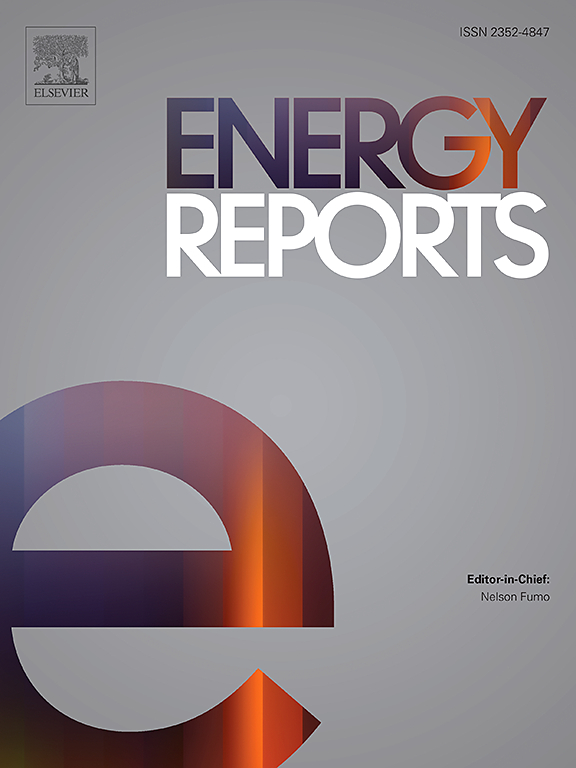Modelling regional solar photovoltaic capacity in Europe: A data-driven approach for disaggregation, benchmarking, and forecasting
IF 5.1
3区 工程技术
Q2 ENERGY & FUELS
引用次数: 0
Abstract
The rapid expansion of solar photovoltaic (PV) technology has established it as a leading contributor to global renewable energy capacity. However, integrating solar PV into existing power grids presents significant challenges, primarily due to the variable nature of solar energy generation and the lack of accurate and complete data on installed PV capacity at the regional level. This study addresses this critical gap in capacity measurement by analysing the factors influencing regional solar PV deployment and developing models to estimate installed PV capacity across 333 regions of 36 European countries. We employed Pearson and Spearman correlation analyses to identify key geographic factors such as agricultural land area, solar irradiance and population, related to solar PV deployment. This informed the development of extreme gradient boosted parallel tree algorithm (XGBoost) models for estimating regional PV capacity. The models achieve a root mean squared capacity error (RMSE) of less than 272 MW, and explain more than 93% of the variation across 150 NUTS 2 EU regions. The models serve three primary purposes: disaggregating national PV capacity into regional figures, benchmarking inter- and intra-regional capacities, and forecasting future PV capacity distribution. The models presented in this study offer a comprehensive tool for policymakers and grid operators, enabling the design of more effective policy interventions and enhanced solar PV monitoring services. This research contributes to more sustainable and efficient energy planning in Europe.
欧洲区域太阳能光伏发电能力建模:数据驱动的分类、基准和预测方法
太阳能光伏(PV)技术的迅速发展使其成为全球可再生能源产能的主要贡献者。然而,将太阳能光伏发电纳入现有电网是一项重大挑战,主要是由于太阳能发电的变化性质和缺乏关于区域一级安装的光伏发电能力的准确和完整的数据。本研究通过分析影响区域太阳能光伏部署的因素,并开发模型来估计36个欧洲国家333个地区的光伏装机容量,从而解决了容量测量中的这一关键差距。我们使用Pearson和Spearman相关分析来确定与太阳能光伏部署相关的关键地理因素,如农业用地面积、太阳辐照度和人口。这为估计区域光伏容量的极端梯度增强并行树算法(XGBoost)模型的发展提供了信息。这些模型实现了小于272兆瓦的均方根容量误差(RMSE),并解释了150个NUTS 2欧盟地区93%以上的变化。这些模型有三个主要目的:将国家光伏发电能力分解为区域数据,对区域间和区域内的能力进行基准测试,并预测未来光伏发电能力的分布。本研究中提出的模型为政策制定者和电网运营商提供了一个全面的工具,使其能够设计更有效的政策干预和增强太阳能光伏监测服务。这项研究有助于欧洲更可持续和高效的能源规划。
本文章由计算机程序翻译,如有差异,请以英文原文为准。
求助全文
约1分钟内获得全文
求助全文
来源期刊

Energy Reports
Energy-General Energy
CiteScore
8.20
自引率
13.50%
发文量
2608
审稿时长
38 days
期刊介绍:
Energy Reports is a new online multidisciplinary open access journal which focuses on publishing new research in the area of Energy with a rapid review and publication time. Energy Reports will be open to direct submissions and also to submissions from other Elsevier Energy journals, whose Editors have determined that Energy Reports would be a better fit.
 求助内容:
求助内容: 应助结果提醒方式:
应助结果提醒方式:


